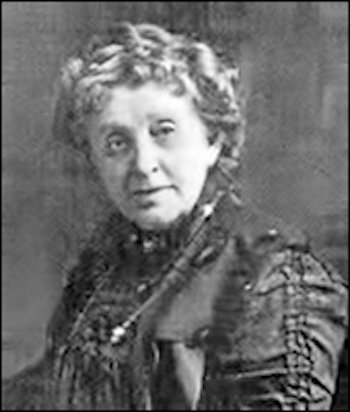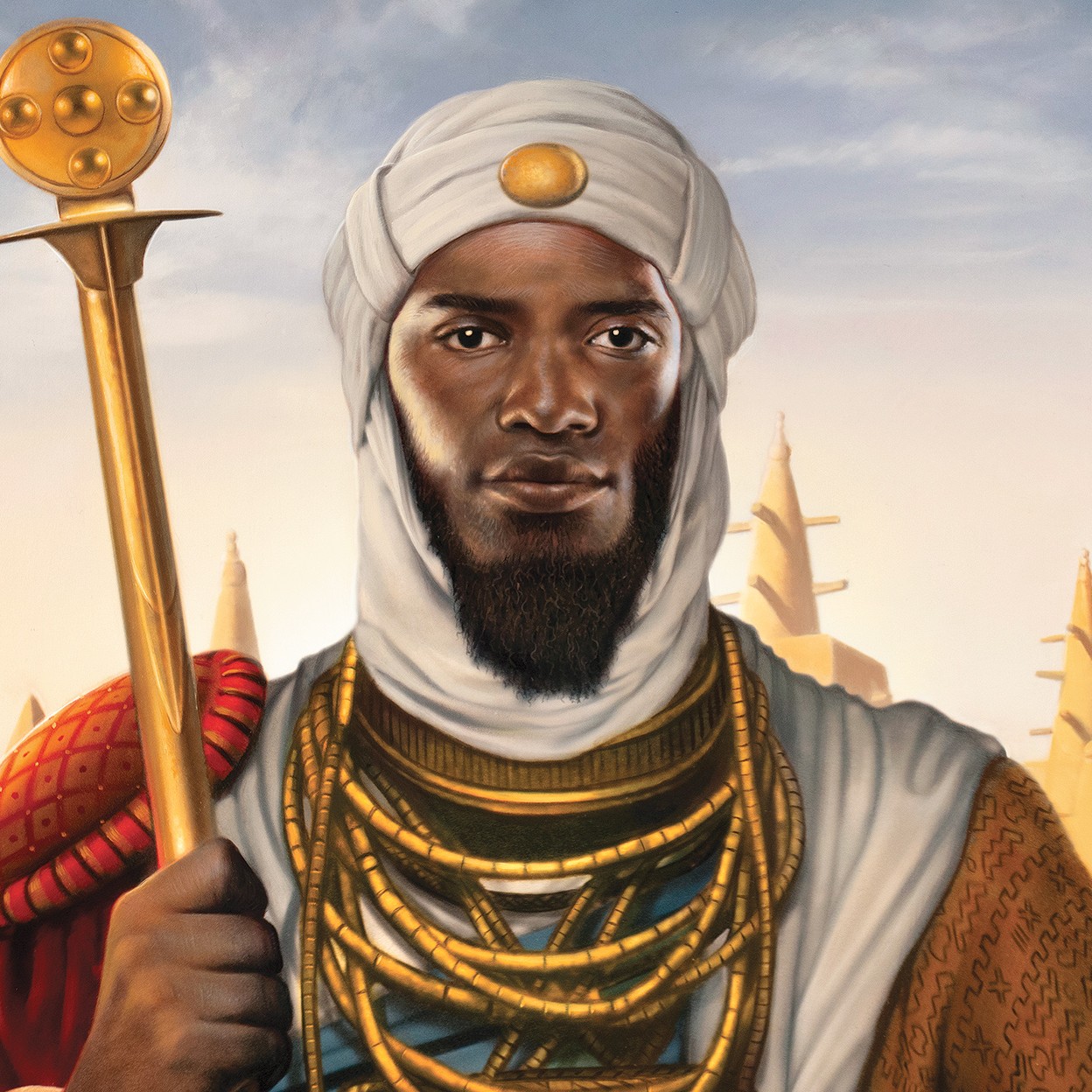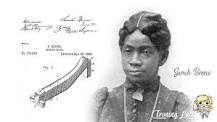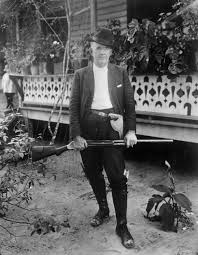This is the second part of our May biweekly series that focuses on black women who changed the world with their inventions.
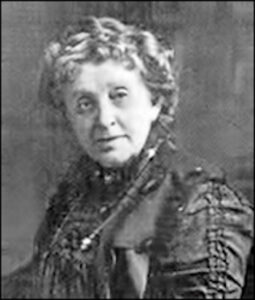
Miriam Benjamin:
Miriam Benjamin was born on September 16, 1861. She was a Washington, D.C. school teacher and the second Black woman to receive a patent in the United States.
She was born in Charleston, South Carolina, as a free person to a Black mother and a Jewish father. Her mother moved the family to Boston, Massachusetts, to have access to quality education.
Miriam never married, and after high school, she moved to Washington, D.C., where she taught in a segregated school. She briefly attended Howard University medical school. After passing the competitive civil service examination and working as a government clerk in numerous federal departments, she enrolled in the law school of Howard University.
After her graduation, she set up a business as a “solicitor of patents.” On July 17, 1888, she obtained a U.S. patent 386 289 for her invention, the Gong and Signal Chair for Hotels. The idea of the chair was “reduce the expenses of hotels by decreasing the number of waiters and attendants, to add to the convenience and comfort of guests and to obviate the necessity of hand clapping or calling aloud to obtain the services of pages.”
This system was adopted by the United States House of Representatives and served as a precursor to the signalling system used on aeroplanes for passengers to get flight attendants’ attention.
Miriam Benjamin died in 1947.
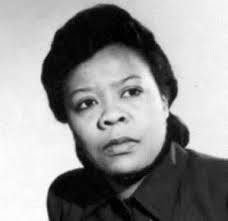
Bessie Blount Griffin:
Bessie Blount Griffin, a writer, nurse, physical therapist, inventor and forensic scientist, was born in Hickory, Virginia, on November 24, 1914.
She stopped her education in Sixth grade. When her family moved to New Jersey, where she earned her GED. While studying nursing in Newmark, she developed a passion for physical therapy, a field established shortly after her birth.
She soon obtained her certification in physical therapy. However, as one of the few African American physical therapists at the time, she combined interpretive dance, a hobby of hers, to enhance her patient’s treatments.
After World War II, thousands of American soldiers required physical therapy to return to the United States. Bessie worked at various veterans’ hospitals, helping to restore physical function to wounded soldiers. She also found innovative ways to rehabilitate her patients, for instance, teaching arm amputees to use their feet.
She also created the feeding tube. This tube was inserted into the patient’s mouth, and upon biting down on it, a small portion of food was pushed into his mouth. The apparatus allowed patients to eat independently and comfortably in an upright or level position.
Three years after she applied for the patent, she received it on April 24, 1951. She got married to Thomas Griffin that same year. The French government purchased the patent rights of her feeding tube in 1952 and put it to widespread use in military hospitals across the country and in some of its colonies.
She invented more things and took on a career in forensics. Bessie did a brief stint in journalism, held high-ranking memberships in numerous respected organizations, was an outspoken advocate of equal rights for the marginalized, and was bestowed several honours in her lifetime, including the New Jersey Joint Legislative Commendation.
Bessie Blount died on December 30, 2009, at 20.

